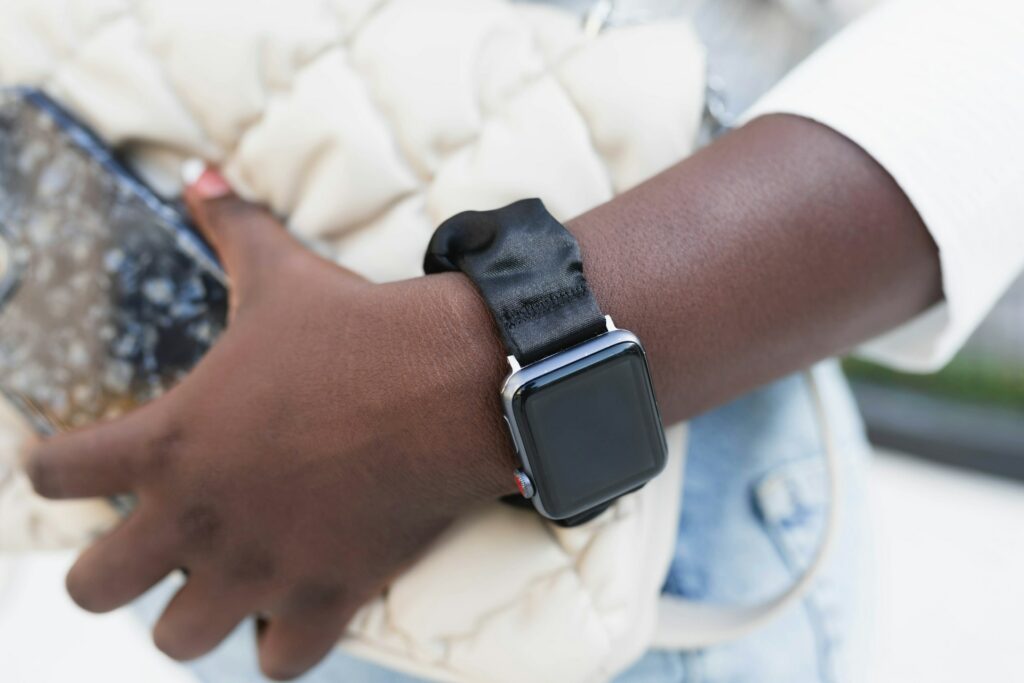Wearable Technology for Monitoring Health: The Increase in Preventive Technology

Wearable Technology for Monitoring Health: The Increase in Preventive Technology
The Trend of Focusing on Preventing Health Issues Rather Than Treating Them
Proactive prevention is becoming more prevalent in the field of medicine than reactive therapy. In this period of change, wearable technology is of paramount importance, since it enables people to track their health in real time and identify any problems before they develop into catastrophic conditions. Wearable technology is changing the way that people see well-being, since it offers a wide range of applications, including measuring exercise and managing chronic diseases.
Different Kinds of Wearable Devices that Monitor Health
Wearable gadgets are now available in a wide range of formats, including fitness trackers, smartwatches, smart clothes, and devices that may be implanted in the body. Heart rate, blood pressure, oxygen saturation, sleep patterns, and activity levels are some of the vital indicators that are monitored by these devices. It is possible to identify abnormalities and deliver alerts to users or healthcare professionals in a timely manner by using advanced sensors and algorithms.
Constant monitoring of vital signs
While wearables provide continuous monitoring, traditional healthcare generally depends on occasional exams. This continuous flow of information is useful in the early detection of warning symptoms of illnesses like as hypertension, arrhythmia, or respiratory difficulties. For those who are afflicted with chronic illnesses, continuous monitoring is especially advantageous since it facilitates improved disease management and leads to fewer hospital visits.
Artificial Intelligence (AI) and Predictive Health Analytics
Artificial intelligence (AI) improves the capabilities of wearable devices by evaluating the data that is acquired in order to anticipate any health problems. Machine learning algorithms are capable of detecting patterns that people may otherwise overlook, including small variations in heart rhythm or sleep quality, for example. Predictive insights enable people to make changes to their living patterns or to seek medical attention before any issues become more serious.
Personalized Fitness and Lifestyle Guidance
Wearable devices provide personalized suggestions for exercise, diet, and everyday activities in addition to medical monitoring. These gadgets are able to assist users in maintaining a balanced lifestyle by evaluating personal data and making recommendations on the best exercise regimens, food changes, and stress management approaches.
Monitoring of Patients Who Are Not in the Hospital
Wearables are becoming more and more incorporated into telemedicine and remote patient monitoring systems. It is possible for medical professionals to monitor patients’ health information in real time, make changes to treatment plans from a distance, and react to crises in a timely manner. This results in less congestion in hospitals and guarantees that treatments will be carried out in a timely manner.
Integration with Applications and Platforms for Healthcare
Wearable devices that are now available may be synchronized with cloud-based platforms and health applications, which results in the formation of a holistic ecosystem for the purpose of monitoring wellbeing. Users are able to look at trends, communicate information with their physicians, and even take part in initiatives that promote health virtually. In addition, integration makes it possible to get insights on the population as a whole, which is beneficial to public health efforts.
Monitoring of Mental Health
These days, the most advanced wearables not only monitor physical health, but also keep track of signs of mental well-being, such as mood patterns, sleep quality, and stress levels. In addition to physical health, mental health is supported by a number of gadgets that provide guided meditation, breathing exercises, or alarms when stress or anxiety levels increase.
- Advantages of Wearable Technology That is Used for Preventive Measures
- The early diagnosis of medical disorders
- A more effective approach to the care of long-term illnesses
- Suggestions for health and fitness that are tailored to the individual
- Preventative care as a method of lowering healthcare expenses
- Personal health is made more convenient and engaging.
Difficulties and Factors to Take into Account
Even if they have some advantages, wearables are confronted with obstacles such as the accessibility of the technology, the precision of the data they provide, and the privacy of the information they collect. It is essential that there are safeguards in place to protect sensitive health information and that the data is handled in accordance with current legislation. In addition, users are obligated to interpret information in a responsible manner and contact healthcare specialists instead of depending only on insights from wearables.
The Future of Wearable Health Technology
It is anticipated that wearable devices would become increasingly sophisticated, small, and incorporated into people’s daily lives by the year 2030. Devices that are available may include non-invasive glucose monitoring, sensors that may identify diseases in their early stages, and virtual health aides that are powered by artificial intelligence. A genuine preventative healthcare ecosystem will be created when wearable devices are combined with telemedicine, genomics, and tailored treatment.
Wearable technology is changing the way that healthcare is administered, shifting the focus from reactive treatment to proactive prevention. Wearable devices provide people with the ability to manage their health by allowing for continuous monitoring of vital signs, providing individualized insights, and allowing for remote medical supervision. As technology continues to progress, preventative technology will become an essential tool for preserving one’s well-being and improving the overall quality of life.




